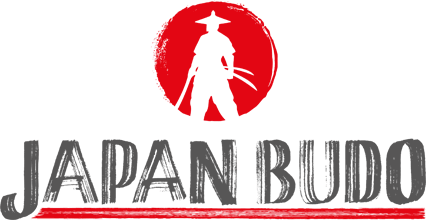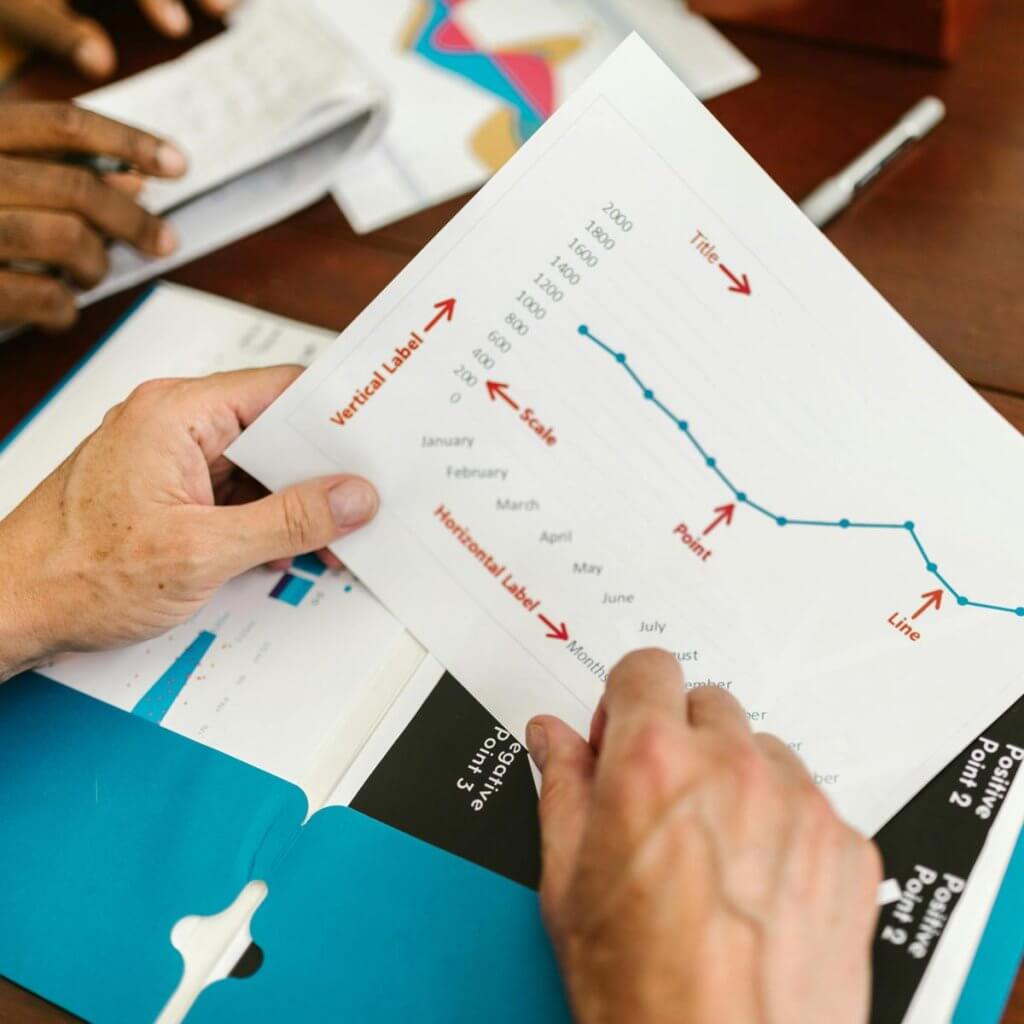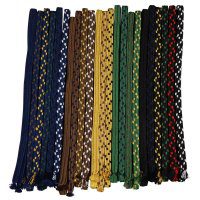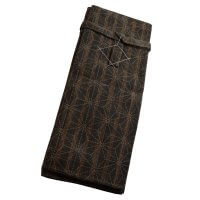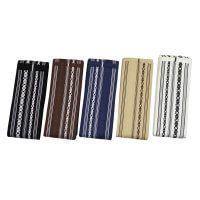Epochs in the history of Japan related to samurai and their swords
The interesting history of the Japanese sword naturally also includes the general eras of Japanese history. For fans of the samurai sword, the Heian, Kamakura and Muromachi eras are of particular interest, Nambokucho, Muromachi, Azuchi-Momoyama and Edo are relevant because the real samurai were active during this period.
However, the overall picture also includes the previous sections and, of course, the modern eras, as Nihonto are still manufactured in Japan today according to historical standards. Here is a list of the eras in Japanese history.
Japanese ages from the year 0 of our era
Antiquity in Japan (古代)
During these eras, swords were mainly imported to Japan from China and Korea:
- ca. 300 BC - 300 AD: Yayoi (弥生)
- ca. 300-645: Kofun/Yamato (古墳)
- End of 7th century - 710: Asuka (飛鳥)
- 710-794: Nara (奈良)
- 794-1185: Heian (平安)
Japanese Middle Ages (中世) - The power of the samurai
With the social rise of the samurai to the ruling class at the end of the Heian, the curved, single-edged swords known worldwide as samurai swords really came into fashion.
- 1185-1333: Kamakura period (鎌倉時代)
- 1333-1392: Nambokucho period (南北朝時代)
- 1338-1573: Muromachi period (室町時代)
- 1477-1573: Sengoku period (戦国時代)
The modern era (近世) of Japanese history - characterised by the Tokugawa shogunate
After the Japanese empires had fallen out and the great landowners (daimyo) of the Japanese nobility had fought each other for many decades, there was a unification of the torn country. Through the efforts of three of the most outstanding figures in Japanese history, Oda Nobunaga, Toyotomi Hideyoshi and Tokugawa Ieyasu, the country was reunited.
The first two did the groundwork. Tokugawa Ieyasu founded the Tokugawa shogunate on this basis. The following era is known as the Edo period because Edo was the capital.
- 1573-1600: Azuchi-Momoyama period (安土桃山時代)
- 1600-1867: Edo period (江戸時代)
Japan's modernity (近代)
Japan's modernity began with the Emperor's seizure of power in 1868, after which the country was reorganised and the samurai more or less voluntarily paved the way for a modern Japan. In the modern era, Japan had to contend with a number of challenges. Particularly noteworthy are the atomic bomb attacks on Japan by the USA and the occupation of the country from 1945-1952.
Despite these circumstances, Japan today is a modern democracy and is one of the most progressive countries in the world.
- 1868-1912: Meiji (明治時代)
- 1912-1926: Taishō (大正時代)
- 1926-1989: Shōwa (昭和時代)
- 1989-2019: Heisei (平成時代)
- From 2019: Reiwa (令和時代)
Nihonto names throughout Japanese history
Just like the historical periods of Japanese history, swords from Japan have their own sword eras. These depend not only on the political circumstances, but above all on the different designs and trends that Japanese swords have undergone over the centuries.
The swords underwent a development and were therefore divided into different sword eras.
Japanese swords up to 793 - Jōkotō (上古刀)
Jōkotō are the ancient swords of Japan. As we know today, Japan did not produce its own swords at the time, so they were imported swords. They were usually straight swords with double-edged blades.
Nihonto from 794 to the early 17th century - Kotō (古刀)
In the above-mentioned categorisation of Japanese history, this sword epoch falls into the period from the middle of the Heian period (794-1185) to the Azuchi-Momoyama period (1573-1603), or the beginning of the Edo period (1600-1867).
In contrast to the previous Jōkotō, the swords had single-edged, curved blades and were forged in Japan.
Early 17th century - 1781 - Shintō (新刀)
Shinto had its main period according to the chronology above completely in the course of the Edo period (1600-1867), namely from the beginning of the 17th century until the late 18th century. Shinto can be translated as "new swords".
1782 - 1876 - Shinshintō (新新刀)
The sword era that followed Shinto is known as ShinShinTo. Shin-Shin-To means "new new swords". In terms of time, these are from the end of the 18th century to the end of the 19th century. According to the above-mentioned periods of Japanese history, they therefore fall into the last section of the Edo period (1600-1867).
from 1877 Gendaitō (現代刀)
The swords that were produced after the fall of the Tokugawa shogunate and the resulting end of the Edo period are called Gendaito. Gendaito translates as "sword of the present".
Special designation - Shinsakutō (新作刀)
Shinsakuto is a term that you will read from time to time on our homepage. It is independent of the previously explained sword eras. Shinsakuto translates as "newly made sword". It is therefore a sword that is newly forged.
In Japan, these shinsakuto are still made using the same methods as the swords in the historical sword eras of Japanese history.
Shinsakuto are part of our offer and if you are interested you can order a Shinsakuto through us!
